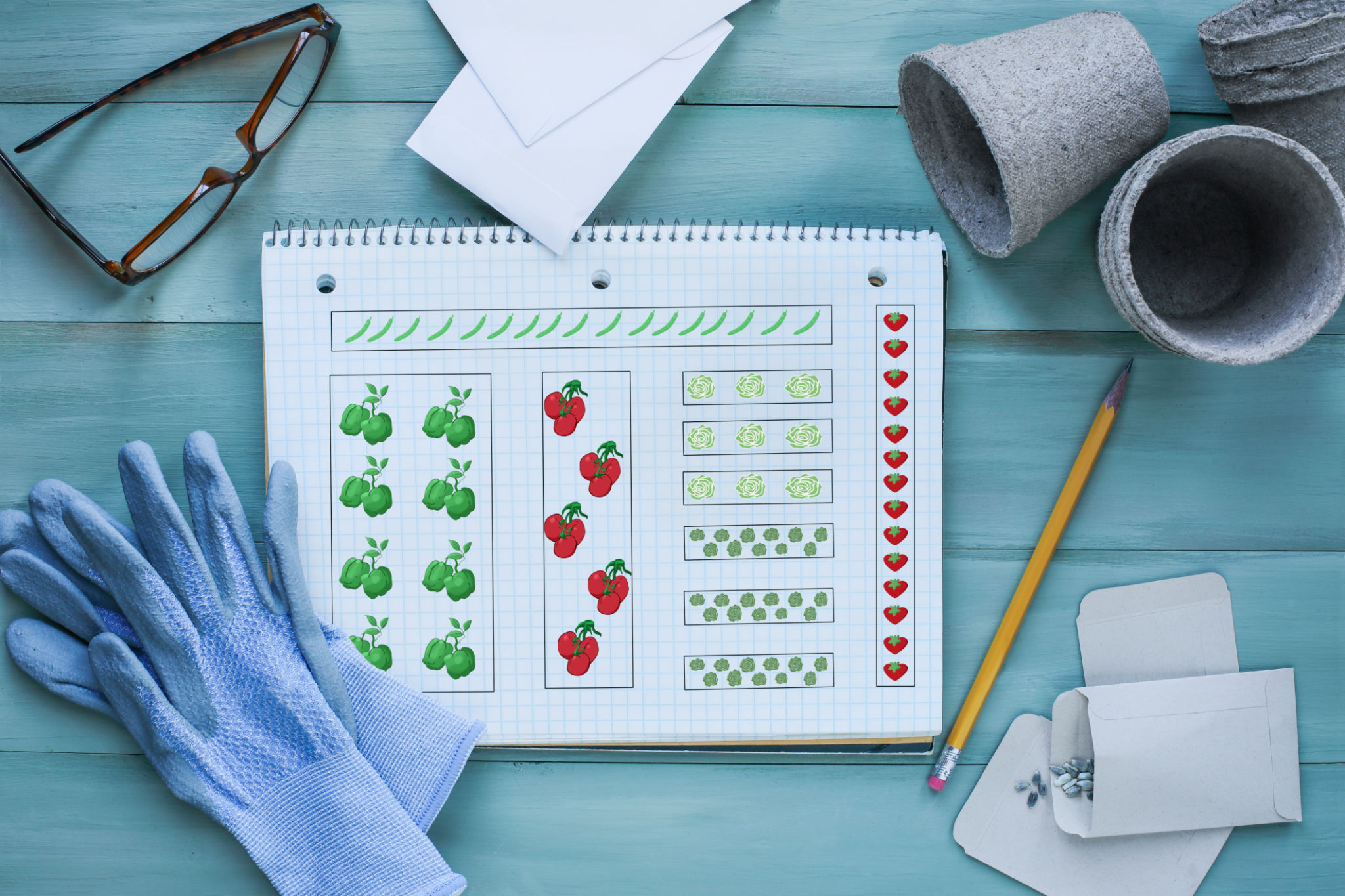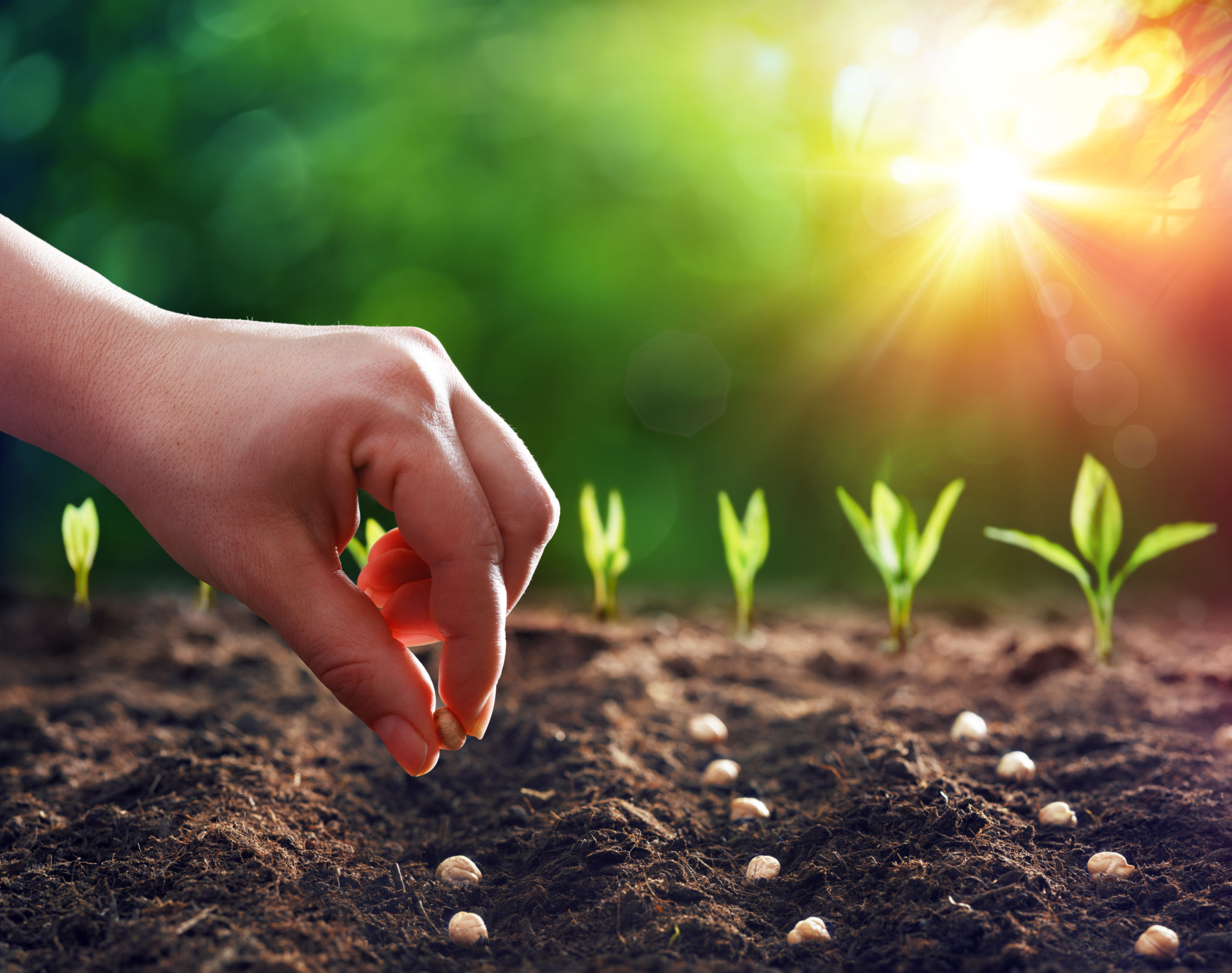How to Start a Vegetable Garden at Home: A Beginner's Guide
Understanding Your Space
Starting a vegetable garden at home begins with understanding the space you have available. Whether you have a spacious backyard or just a small balcony, you can cultivate a thriving garden. Begin by assessing the amount of sunlight your space receives. Most vegetables need at least 6-8 hours of sunlight a day to grow well.
Next, consider the soil quality. If you’re working with a backyard, you may need to enrich the soil with compost or organic matter. For balcony or patio gardens, investing in quality potting soil is crucial for successful growth. Remember that good soil is the foundation of a healthy garden.

Choosing Your Vegetables
Once you've assessed your space, it's time to choose what vegetables to plant. As a beginner, opt for easy-to-grow vegetables like tomatoes, lettuce, and carrots. These vegetables are not only hardy but also provide a rewarding harvest. Consider the climate and season when selecting seeds or seedlings, as some vegetables thrive better in certain conditions.
It’s also wise to start small. Select two or three types of vegetables initially, and as you gain confidence and experience, you can expand your garden. This approach prevents overwhelming yourself and ensures you can give each plant the attention it needs.
Deciding Between Seeds and Seedlings
Another decision to make is whether to start your plants from seeds or seedlings. Seeds are more economical and offer a wider variety of options, but they require more time and patience. Seedlings, on the other hand, provide a head start and are ideal for beginners looking for quicker results.

Preparing Your Garden
Preparation is key to a successful vegetable garden. Begin by clearing the area of weeds and debris. If you’re planting directly into the ground, till the soil to aerate it, ensuring roots can penetrate easily. Add compost or a balanced fertilizer to enrich the soil.
If using containers or raised beds, ensure they have good drainage to prevent waterlogging, which can lead to root rot. Arrange your containers or beds in a way that maximizes sunlight exposure for your plants.
Planting Your Vegetables
Once your garden is prepared, it’s time to plant your vegetables. Follow the instructions on seed packets or seedling labels regarding planting depth and spacing. Proper spacing is crucial as overcrowded plants compete for resources and may not thrive.

Caring for Your Garden
Regular maintenance is essential for a healthy vegetable garden. Watering is one of the most critical tasks; aim to water early in the morning or late afternoon to minimize evaporation. Ensure that your plants receive consistent moisture, especially during dry spells.
Pest control is another important aspect of garden care. Inspect your plants regularly for signs of pests or disease. Natural solutions such as neem oil or introducing beneficial insects can help keep pest populations in check without harming your plants.
Harvesting Your Vegetables
The reward for your hard work comes when it's time to harvest your vegetables. Picking them at the right time ensures the best flavor and nutrition. Regular harvesting also encourages plants to produce more, extending your yield throughout the growing season.
With these tips, starting a vegetable garden at home can be a fulfilling and productive hobby. Not only will you enjoy fresh produce, but you'll also gain valuable skills and knowledge in sustainable living.
